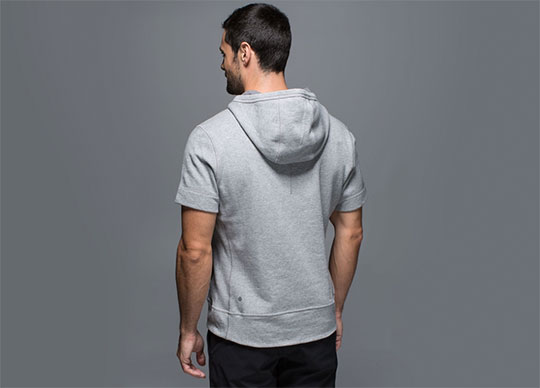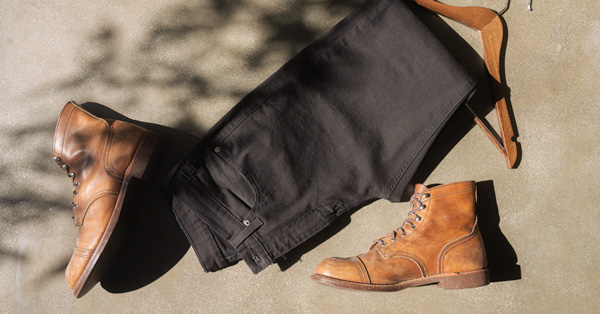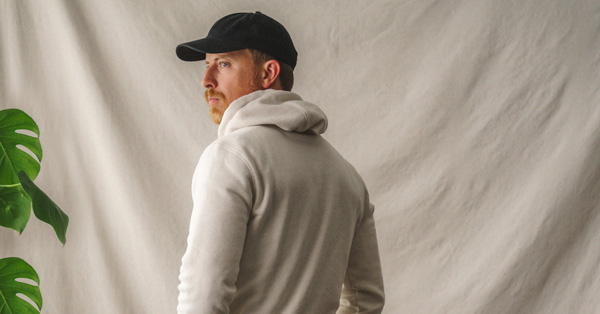The influence of athletic companies on contemporary fashion cannot be understated; activewear has exploded recently, taking the fashion world by storm. It has an excellent benefit: while most people maintain two split wardrobes, one for everyday apparel and one for workout clothing, an activewear acolyte only needs one. Furthermore, as technology becomes more and more sophisticated, it feels only natural to take advantage of its breakthroughs – for instance, synthetic fabrics have completely revolutionized the manufacturing process, resulting in new types of clothing that were previously impossible or cost prohibitive to construct. Finally, activewear does not have to be used exclusively for exercise; its clothing is excellent for loungewear and casual events, too.
Now, as versatile as activewear may be in everyday life, there are still distinct differences between athletic clothing for summer and winter weather. A few months ago, long underwear and base layers were mandatory in northern areas, but they will be rarely seen in warmer weather. Sleeveless shirts will take the place of insulated jackets, and sweatpants will instead be cropped above the knee. There is a key difference in summer and winter activewear, too – cold weather gear is intended to keep the heat in, while warm weather apparel expels heat as efficiently as possible. As a result, they often cannot be worn together, unlike traditional clothing that can span seasons fairly easily (button-down shirts underneath sweaters, for example). Therefore, although activewear can help consolidate your wardrobe, it can make seasonal transitions a bit difficult.
There’s one big reason activewear has been booming recently: swimsuit season. Obviously, everyone wants to be in tip-top condition for the upcoming months of shirtlessness, so everyone’s closets are brimming with exercise apparel. Now, there are some minor differences between raggedy gym clothes and activewear – for one, they have to be in good condition, and fit very well. Baggy sweatpants do not fit this criteria, even though they might be entirely adequate for a quick jog. Active clothing acts as an extension of your body, but doesn’t necessarily change your figure; it should be fairly tight, but not restricting. Aside from your sneakers, most of your outfits will most likely be fairly monochromatic, so visual interest must be generated from the clothes themselves.
Perhaps the single most important part of any clothing intended for exercise is its material composition: the fibers that make up your apparel regulate comfort, temperature, and durability. Often times price correlates with the textile’s ability to perform under stress, but cheaper options are still leagues ahead of regular materials like jersey cotton. Furthermore, price also scales linearly with the difficulty of production – synthetic fibers are more easily manufactured than organic alternatives. Most common synthetics (polyester and nylon, for example) offer excellent moisture wicking capabilities and also include a fair bit of stretch. On the other hand, natural textiles like merino wool and silk provide the same features in addition to nearly complete temperature regulation. As a middle ground, semi-synthetics (like rayon and modal) employ similar attributes to completely synthetic materials but are also very breathable.
In the end, you’ll probably find yourself selecting clothes based off of pricing, so you’ll run into synthetic textiles a majority of the time. Even extremely high quality garments are often blended with polyester or elastane for a bit of stretch, or nylon for pure strength. Also, bear in mind that the apparel’s weave plays just as much of a role as its material composition: open weaves like French terry and mesh will breath and wick moisture exponentially more than tightly-interwoven fabrics like ripstop or denim. This information is rarely included in the clothing’s description, so you’ll have to evaluate it in person. The easiest way to identify the density of a weave is by holding it up to light: if it becomes nearly transparent, it will allow a great deal of air circulation. On the other hand, if almost no light passes through, you’ll overheat very quickly. Just remember that the tag isn’t everything – there is a great deal of information hidden within the garment itself.
Short-Sleeve Hoodies
Moving on to specific recommendations, short-sleeve hoodies are perfect for the transitionary period before the temperature rises above tolerable levels. You might question the practicality of a hood in warm weather, but it does have a purpose – it can shield your ears and neck during periods of excessive sun, which cuts down on sunburn and general heat. However, standard long sleeves can hamper air circulation; heat collects around your armpits and has nowhere to go. The solution to this lies within changing the sleeves from long to short, allowing heat to dissipate while maintaining the inherent benefits of a hoodie. Additionally, the French terry construction wicks and absorbs moisture much better than a regular jersey t-shirt, which is a major benefit in the summer heat. Just make sure it’s tightly fitted – baggy short sleeve hoodies look like you made a mistake, and have a connotation most people wish to avoid.
Few brands offer these types of hoodies, but they are available at some retailers. At the worst case, you could always purchase a regular hoodie and cut the sleeves off at the bicep for a similar look. Regardless, you should check out the following brands if you’re interested in making a purchase:
Budget
Tank Tops & Sleeveless T-Shirts
As the heat spirals out of control, you’ll find even hoodies unbearable to wear – when the season reaches this point, you’ll be reaching for tank tops and sleeveless t-shirts as a cooler alternative. Because the shirt is open at the armpits, there is a maximum level of air circulation, and temperature is better regulated as a result. This is a minimal effect, of course; the extra inch or two of bare skin offers little more heat dissipation than a standard t-shirt, but it could make a difference in extreme heat. In terms of activewear, this can certainly be a deciding factor, as overheating is a big concern. Of course, the most popular reason tank tops are worn is due to their flattering silhouette – if you’re in shape, or getting there, the only better way to show off your body is by going entirely shirtless. This is as close as you can get while still appearing socially acceptable, so if you want to brandish your hard work while beating the heat, be sure to try out some sleeveless t’s and tank tops.
Sweatshorts
Sweatshorts are perhaps my single greatest discovery this summer. Sweatpants are great for lounging, activewear, and streetwear alike, but in extreme heat they can feel rather miserable. Shorts are the obvious solution, but gym shorts billow unflatteringly and chino shorts aren’t viable for any form of exercise. Unlike chino shorts, sweatshorts are stretchy and comfortable, and absorb moisture like no competitor. They have a large freedom of movement, and also offer a vibrant texture created by the French terry or fleece fabrics. They can also fit fairly tight, which offers a more contemporary silhouette. If you’re planning on adopting a wardrobe centered about an active lifestyle, sweatshorts are an excellent addition that will serve you well during the coming months. Here are some retailers that carry them:
Trainers
Athletic trainers are the standby shoe for exercise ensembles, and for good reason. They offer an exceedingly large amount of cushion and support, as they are intended for running long distances. In addition, they are often ergonomically designed for maximum efficiency. In modern life, tennis shoes are socially acceptable in a great variety of settings, not just when exercising. As a result, they are perfect for an activewear-focused wardrobe, since they can be slipped on for casual events just as well as a quick jog. Generally, the more simplistic the shoes are, the more versatile they will be; thus, if versatility is your single greatest goal, stick to simple colors and patterns. On the other hand, summer is a great time to experiment with pops of color, and current sneaker offerings are absolutely perfect for this objective. Sneakers have a large culture surrounding them, and while you don’t necessarily have to research them before purchasing a pair, it can often be fascinating. Check out some of the brands below if you’re looking to scoop up a new pair of kicks:
Sandals
In some situations, sandals can be better than trainers – this will most often involve some form of water (as pictured above). Athletic sandals are waterproof and easily cleaned, so a bit of muck will wash right off, while sneakers could be permanently damaged. In extremely warm weather, they also allow more air circulation to the extremities, so your body’s temperature can be more strictly regulated. Now, because your feet are more exposed, they are inherently less protected from the elements; be sure to use extra caution. If you’re capable of watching where you step, a good pair of sports sandals could revolutionize your summer exercise plans, opening up new doors you didn’t even know existed. If you’ll be in the wilderness or near water in the upcoming months, consider picking them up, you’ll be pleasantly surprised!




















